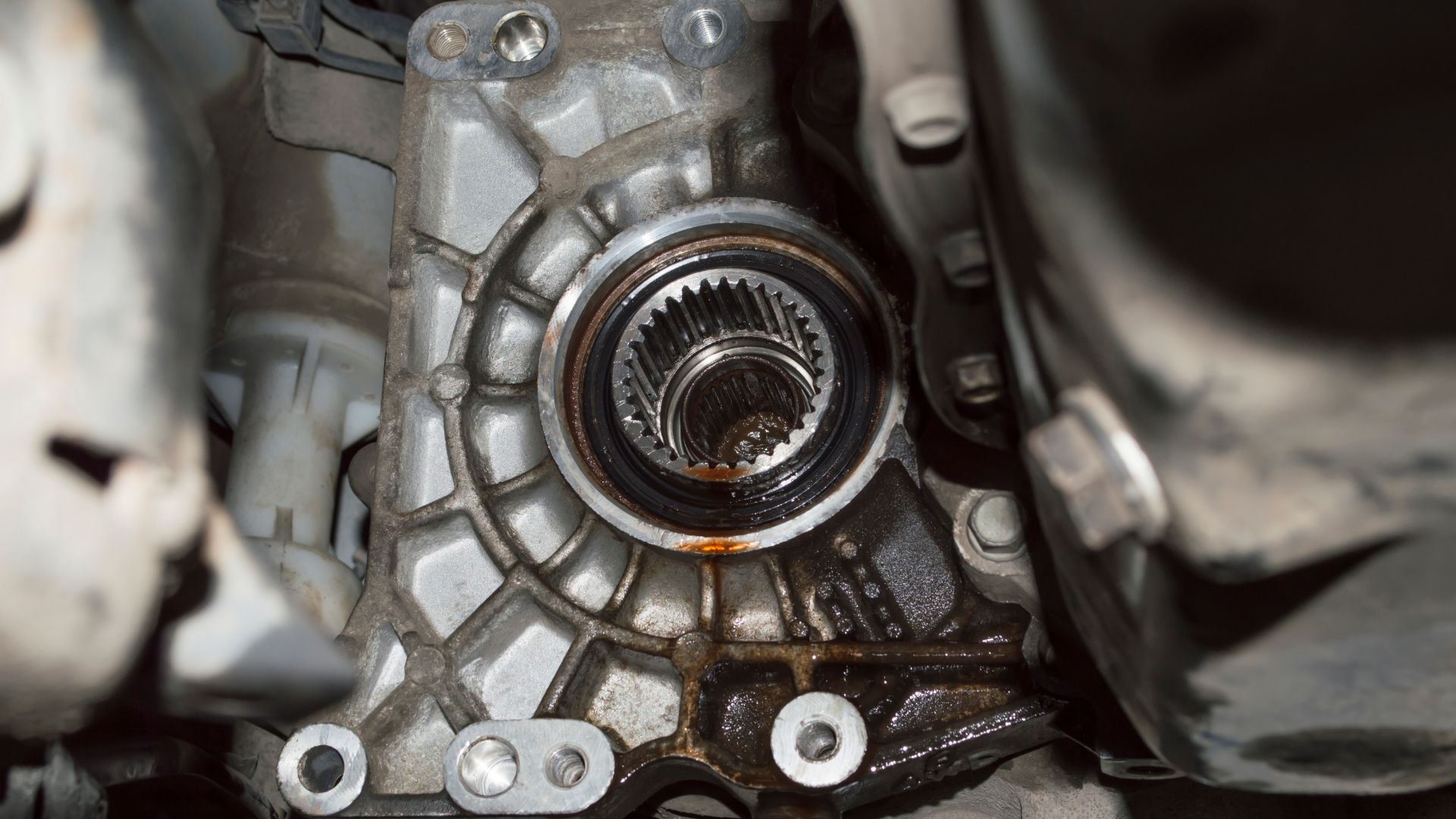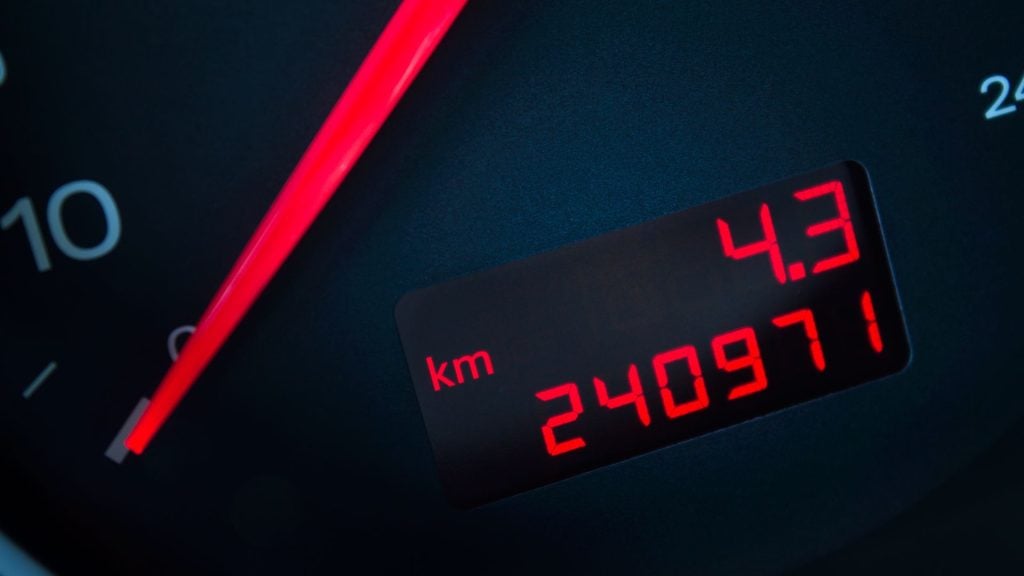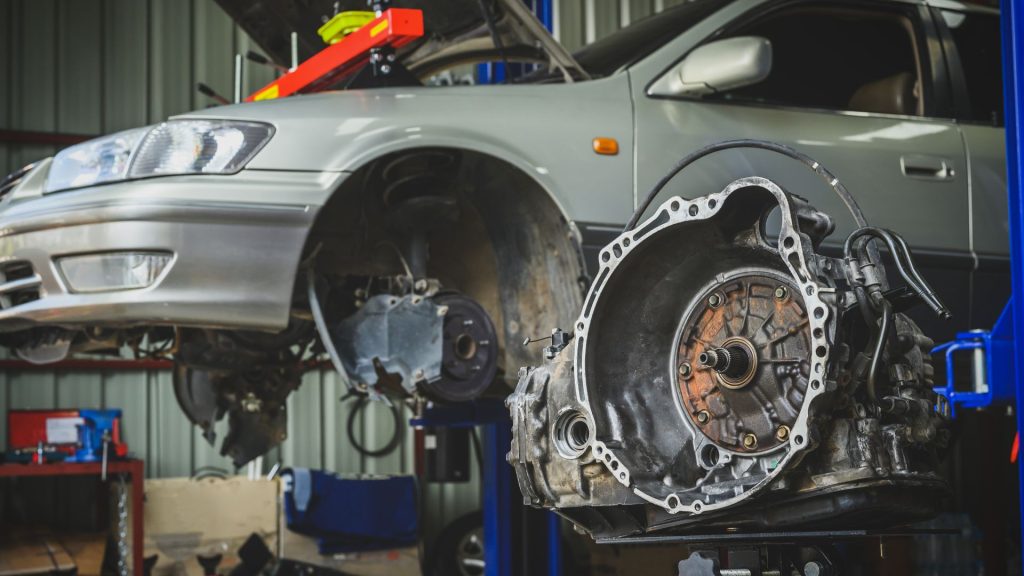Symptoms of a bad transfer case
Recognize the telltale signs of a faulty transfer case for a smooth ride.

If you’ve been experiencing gear shifting issues in your 4WD vehicle, your problem might be a bad transfer case. The transfer case isn’t a very popular car part, but it’s essential.
Transfer cases exist in every 4WD vehicle and most cars with multiple drivetrain systems. All-wheel-drive cars are similar to 4WD vehicles, but instead of a transfer case, AWD systems use a center differential. The center differential functions like a transfer case.
The primary function of the transfer case is to transfer power from the engine.
After that, the transfer case distributes the power between the front and rear axle, thus enabling the car to drive. In 4WD and 2WD vehicles, the driver controls this function with a shifter.
The transfer case rotates regularly, and it needs adequate lubrication to function. Without a functioning transfer case, you’ll have several issues while driving.
Here, we’ll highlight the symptoms of a bad transfer case and everything you should know about this problem.
What are the symptoms of a bad transfer case?

The transfer case is crucial for the daily running of a 4WD or 2WD vehicle. If there’s an issue with your transfer case, it can significantly affect your driving experience, especially if the roads are wet or snowy. Like any other car fault, the car system warns drivers of bad transfer cases.
Some of these warnings or symptoms include;
4WD light comes on
Off-road vehicles with 4WD drivetrains usually have a warning light that indicates if the 4WD system is in distress. The light is labeled as “service 4WD” in some cars. You can refer to your vehicle’s manual if that’s not the case in your car.
When the “service 4WD” light comes on, it could mean several things. First, the problem can be a bad transfer case. However, the light comes on when the driver performs an incomplete shift. The light can also indicate a 4WD system malfunction.
Regardless of the cause, the 4WD light issue is severe, and drivers shouldn’t ignore it. Once the light comes on, the next step should be to diagnose the cause and immediately fix it.
Hard gear shifts
With a faulty transfer case, you can experience difficulty while shifting between high and low gears. Newer 4WD vehicles have both high and low gear ranges. Most manufacturers label these gear ranges ‘hi’ and ‘lo.’
When you apply the high gear range, the 4WD system employs a high gear ratio. As a result, the axle moves faster but with little torque. Drivers mostly use this range for daily driving.
On the other hand, low gear range uses a low gear ratio to spin the axle at low speeds. While the pace for this range is low, the torque or power is great. The low gear range is beneficial for off-roading.
If your transfer case is bad, you’ll have trouble switching between high and low gear ranges.
Difficulty with 4WD engagement
In some situations, the red 4WD light starts flashing because the system isn’t engaging correctly. The flashing light can be a symptom of a failing transfer case. Apart from a bad transfer case, it could also mean the system has some electrical issues.
Avoid ignoring any problem involving the 4WD system. Also, engage the 4WD system regularly to avoid being surprised by a system that won’t engage or disengage.
Leaking fluid under the transfer case
The transfer case contains automatic transmission fluid. When you notice leaking fluid from the location of the transfer case, it means something is wrong. You can still drive with a leaking transfer case, but it will affect your engine over time. A seal keeps the fluid from leaking, and you can quickly fix the problem by replacing it.
Strange grinding, growling or humming noise
Cars make different noises to warn drivers of problems in the vehicle. In this case, it could be a grinding noise when driving, a growling, or a humming sound. The particular noise depends on the cause.
If the noise changes with speed, you most likely have a bad transfer case. The strange noises can be from loose mechanical parts or lack of lubrication.
What are the causes of a bad transfer case?

When 4WD drivetrains become faulty, the transfer case is almost always the cause. Different issues can make the transfer case. Some of them are minor with easy solutions. However, others can be detrimental and quite severe.
Here are some of the most common causes of a bad transfer case.
Failed seal shaft
The transfer case is a sizable car part, and it has components inside the case. There’s a chain drive, small gears, and other elements that help with power transfer. These components in the transfer case are continuously rotating.
The transfer case also has fluid that lubricates the components inside the case. There are seals set in place to prevent the fluid from leaking. Due to regular wear and tear, the seals can break.
When this happens, the transfer case fluid leaks. Then, there’s no fluid to cool and lubricate the transfer case components. As the chain drive and gears work without lubrication, the transfer case gets lubricated.
Low fluid level
The transfer case needs fluid to function correctly. When the fluid level is low, the transfer case cannot perform its function. The 4WD system will also stop working. Unlike other problems, this one is minor, and you can quickly fix it. It’s therefore crucial to keep an eye out for the symptoms of low transmission fluid in your car.
Damage from impact
Multiple drivetrain systems like 4WD and 2WD are primarily for off-roading. While driving off-road, it’s easy to damage some car parts from impact. Impact from damage and affect the transfer case.
High mileage
Transfer cases can last up to 100,000 miles, but they can fail before that time. As the car does more miles, some parts become worn out. In this case, the chain drive, gears, and bearings in the transfer case can get weak with time.
Can a bad transfer case damage the transmission?

Yes, a bad transfer case can damage the transmission. Due to the transfer case’s role, it’s related to the transmission system. There are two types of transfer cases; married and divorced transfer cases.
Married transfer cases usually attach to the transmission, while divorced transfer cases are put somewhere in the drivetrain. Divorced transfer cases mainly occur in bigger vehicles.
With how close transfer cases can be to the transmission, it’s easy to see why a bad transfer case can damage your transmission.
If the transfer case isn’t working, it can start overheating. Since the transfer case connects to the transmission, it can also cause it to overheat. In severe cases, the transmission fluid can boil and cause irreparable damage to the system.
How long can I drive with a bad transfer case?
Not for long. The transfer case is essential in 4WD vehicles, and it’s necessary for the complete driving experience. If you notice the symptoms while driving, you can still drive the car to the mechanic.
The important thing is to fix the problem as soon as possible. Remember that your transfer case is not the only system at risk. If you keep driving with a bad transfer case, you can damage your transmission.
Apart from the transmission, you can also destroy the axles, driveshafts, and the transaxle assembly. These parts are costly to replace, so you might want to watch them.
Transfer case repair
Transfer cases are relatively cheap to maintain and service. You can maintain the transfer case by routinely changing the fluid inside the case. Also, carry out routine checks for worn seals, belts, bearings, and more.
If you notice any wear, it’s much better to fix it immediately. While transfer case maintenance is cheap, the repair is not. Replacing the transfer case can cost you between $2,640 – $2,756.
Parts for the repair alone will cost about $2,199. Depending on your area, the labor costs can fall between $441 – $556. If your car’s transfer case system is complex, it can incur more fees.
Our take
The transfer case is present in all 4WD vehicles, and it’s a major problem in most faulty 4WD systems. With regular maintenance and care, you can make your transfer case last longer. Also, if you notice the symptoms of a bad transfer case, try to fix it immediately.
How do you know if your transfer case is bad?
You can tell the state of your transfer case from how well the 4WD system works. If the 4WD light illuminates the dashboard, your transfer case is likely bad.
What happens when a transfer case goes bad?
When the transfer case goes bad, your 4WD system might have difficulty engaging and disengaging. You might also experience gear shifting issues.
Can you drive with a bad transfer case?
No, you can’t drive with a bad transfer case. The main reason is that it’s unsafe and detrimental to the transmission system.
What does a bad transfer case sound like?
A bad transfer case makes a grinding, growling, or humming noise. The noise it produces depends on the cause of the problem.
How do you test a transfer case?
There’s a manual and an electrical method of testing the transfer case shift motor. The manual is simple and quick, while the electrical process is a bit technical.u003cbru003eu003cbru003eYou can manually test the transfer case with the following steps;u003cbru003eu003cbru003eFirstly, locate the 4WD shifter and carefully remove the knob.u003cbru003eFrom the exposed part, you should see a small hole at the shifter shaft’s center.u003cbru003eThe small pin that controls the shift motor rests in the small hole.u003cbru003eUse a screwdriver to push gently and hold the pin down. u003cbru003eIf you can, turn the car key to ‘on’ while holding the pin down.u003cbru003eIf you can’t, get someone to help you turn the car keys to the ‘on’ position.u003cbru003eIf the vehicle shifts to the correct gear, the transfer case shift motor works correctly.u003cbru003eIf the vehicle doesn’t respond, you might have to replace the transfer case.